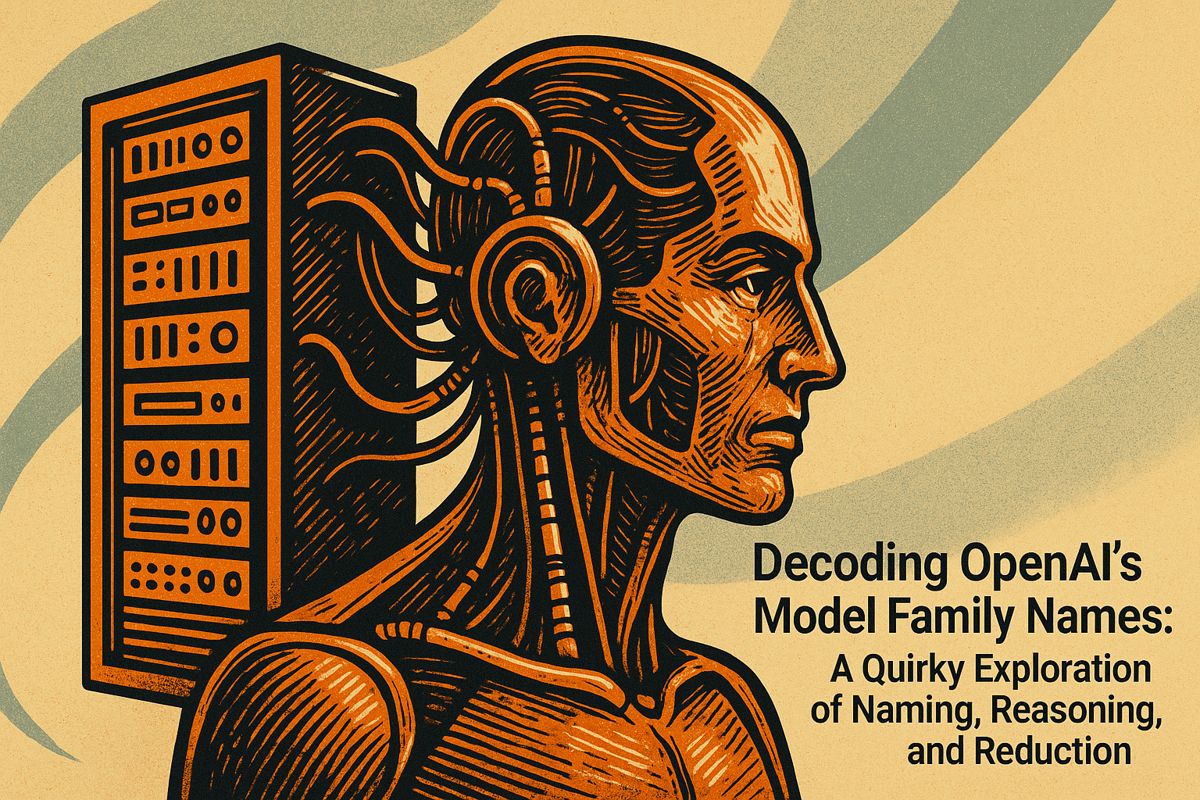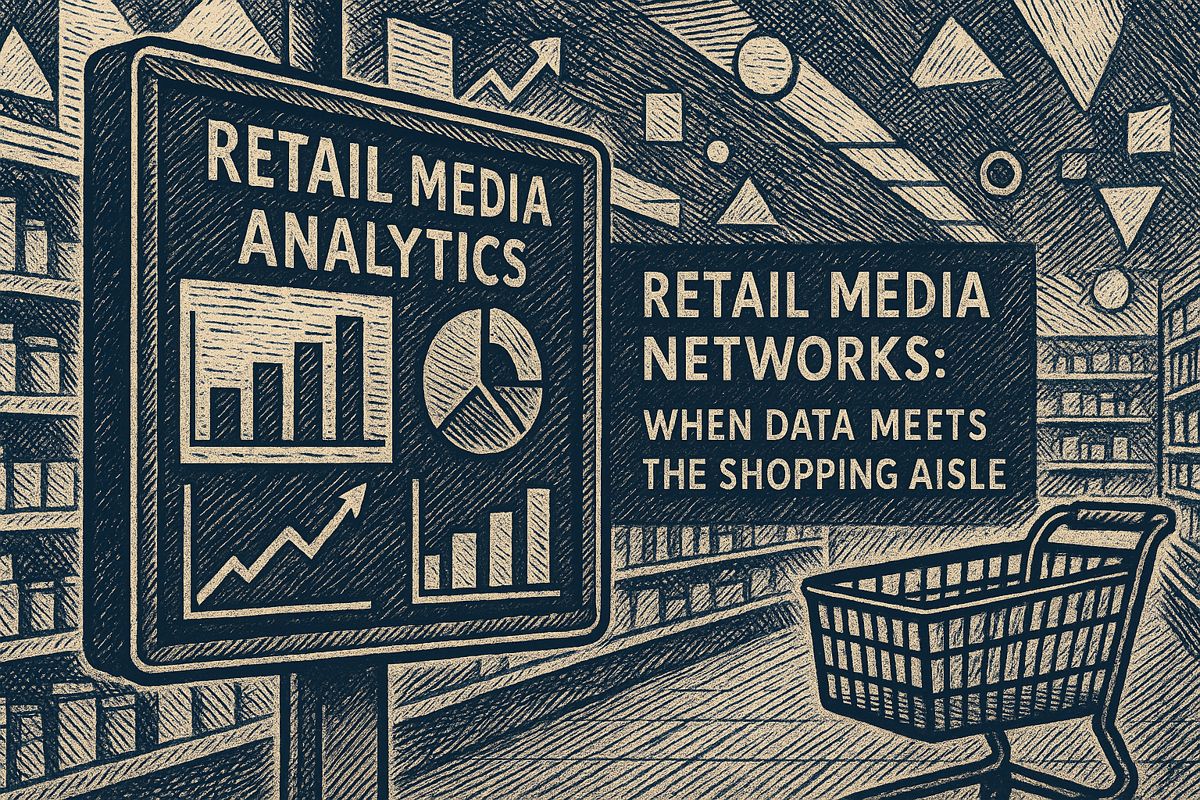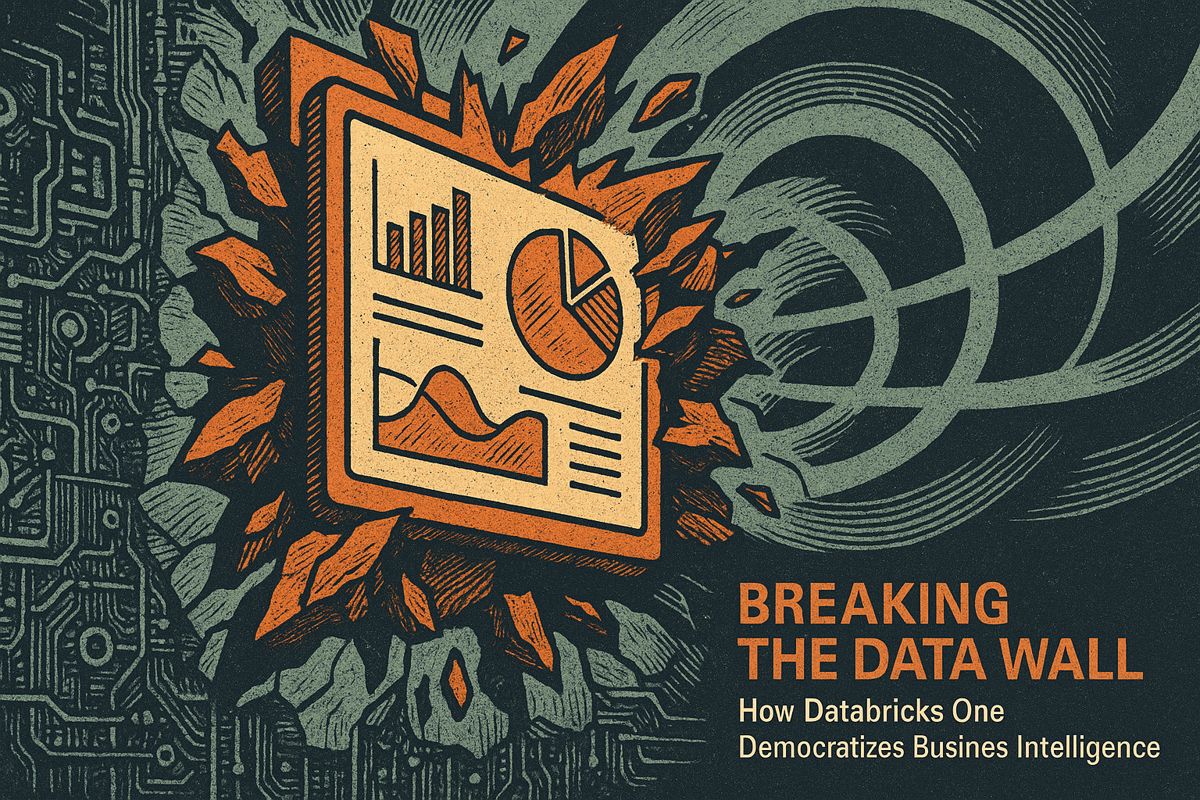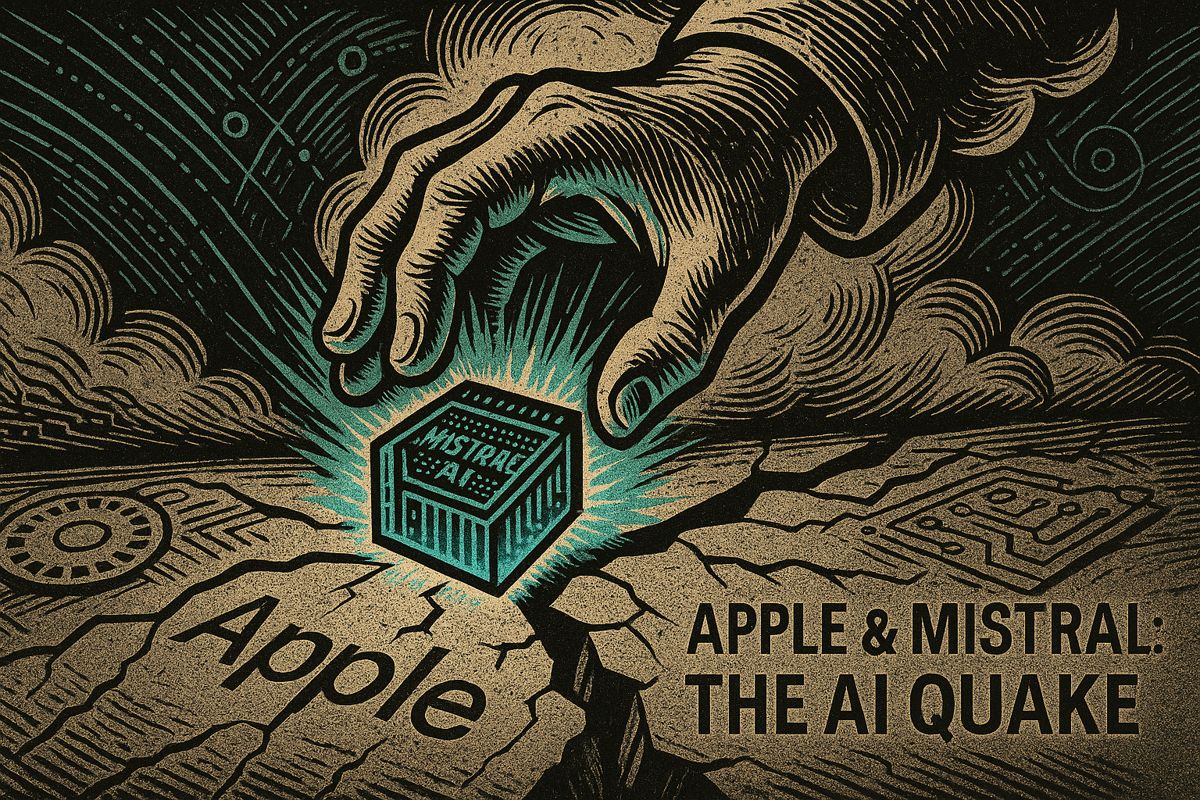Here’s the text with the most important phrase emphasized in markdown bold:
In the rapidly evolving world of IT, humans and AI are now closely collaborating, transforming traditional roles and workflows. Emerging positions like prompt engineers and AI ethics officers are redefining technical skills, with machine learning automating routine tasks and enabling more strategic initiatives. Teams are no longer confined to traditional IT functions like printer maintenance, but are now working alongside intelligent algorithms that can anticipate needs and handle complex processes. The landscape is changing dramatically, with AI literacy becoming increasingly crucial and cross-functional teams emerging to tackle innovative challenges. This shift represents not just a technological transformation, but a fundamental reimagining of how work gets done, blending human creativity with machine efficiency.
What Is Changing in Modern IT Teams with AI Integration?
Modern IT teams are transforming through AI collaboration, where humans and algorithms work together to solve complex technical challenges. Emerging roles like prompt engineers and AI ethics officers are redefining traditional IT skills, with cross-functional teams now leveraging machine learning to automate routine tasks and tackle higher-value strategic initiatives.
When IT Meant Printers (and Why That’s Ancient History)
Sometimes, I catch myself scanning IDC’s quarterly reports, trying to reconcile the digital whiplash that’s upended our work lives. Not so long ago, “IT” conjured images of a harried staffer, bathed in blue LED light, herding recalcitrant printers. Close your eyes—can you smell the ozone and burnt plastic? That’s the past, though. I remember the first time a teammate at Deutsche Telekom mentioned a “machine learning job.” He squinted, brow furrowed, like I’d spoken in Basque. We both laughed, unsure. Now? Machine learning is less a novelty and more the engine barreling down the Autobahn, with the rest of us clinging on.
Fast forward to last month at a Dusseldorf tech meetup. An old friend—let’s call her “A”—shared her career arc. Once the queen of password resets, now she’s herding a different flock: a small battalion of Azure-based AI models, tasked with everything from spam detection to employee onboarding. She confessed, with a wry grin, that some days the AIs seem to anticipate requests before her inbox does. Is it possible for software to have intuition? I’m not sure. But the sensation is eerie—like watching a chess grandmaster play eleven games at once.
So, what’s really changed here? Can we even call these “IT teams” anymore, or is that label as outdated as the clattering dot-matrix printers of my youth?
Augmented Teams and the New IT: Beyond the Buzzwords
This isn’t some breathless “future of work” fantasy. The augmented IT team—flesh-and-blood humans seamlessly collaborating with tireless algorithms—is now so common that Forrester Research calls it the “baseline reality.” Forget the sci-fi metaphors; this is Tuesday in Stockholm or Singapore. IBM’s latest survey claims just 1% of enterprises feel “mature” in their AI deployments. That means 99% of us are still figuring it out, hands deep in the algorithmic machinery, sometimes cursing, sometimes grinning.
AI isn’t just nibbling at the edges of IT. It’s chewing through routine work—software rollouts, system monitoring, even first-line support. Ever been lulled by the gentle whir of a server room, only to realize those tasks are now handled by bots, not people? It’s a mix of liberation and loss. On one hand, humans get to tackle messier, higher-value tasks; on the other, there’s nostalgia for the old logic puzzles we used to solve over lukewarm coffee.
Here’s the twist: new roles are popping up as fast as mushrooms after rain. “Prompt engineer” sounds like a meme, but LinkedIn shows a 4,000% increase in postings over the past 18 months. “AI ethics officer” isn’t a plot device from Black Mirror. These are people paid to ensure, for example, that an SAP-integrated chatbot won’t accidentally discriminate when screening job applicants. Most days, I wonder: did any of us sign up for this? But then the numbers stagger me—a report from the European Commission found AI literacy skills appearing eighty times more often on CVs in 2023 than in 2022. That’s an avalanche, not a trickle.
New Skills, New Questions: Climbing the AI Learning Curve
Here’s my confession: I once thought knowing Python and basic regex would future-proof my career. Oops. These days, if you can’t wrangle an LLM (large language model, for the uninitiated) or design a prompt that yields something more cogent than a fever dream, you’re already trailing the pack. What does it take? A sharp mind, sure, but also an ability to interpret the opaque—AI outputs can be as cryptic as a Kafkaesque memo. “Did ChatGPT just hallucinate that answer?” Yes, sometimes, and with the cheerful confidence of a toddler naming dinosaurs.
But programming hasn’t vanished. Instead, it’s evolved. Python remains the lingua franca, while data analytics has snuck into every job description like the smell of burnt toast after a fire drill. Ethics, too, is no longer just a checkbox at the end of a product spec. If you’re deploying Llama 2 or integrating with AWS Bedrock, you’d better be ready to wrestle with uncomfortable questions: Is this fair? Transparent? Are we automating away our own biases—or just turbocharging them?
Collaboration is a new beast. Yesterday’s IT silos have crumbled. You’ll find systems engineers trading insights with HR managers, or ops folks sitting beside marketing analysts, all united by the madcap goal of making sure the AI actually solves real, human problems. The first time I joined a cross-functional AI workshop, I felt out of my depth, heart thumping in my chest. But then an unexpected benefit appeared—learning from folks outside my technical bubble. It was humbling, and occasionally frustrating. But the morning after, I realized: I wouldn’t trade that discomfort for anything.
Management, Mindset, and a Rapidly Shifting Landscape
Now for the hard bit: managing these “augmented” teams. Picture this: you’re leading a group where half your “staff” clock no hours, need no sleep, and never request a raise. How do you set KPIs? How do you build trust? If you’re asking yourself these questions, you’re not alone. According to McKinsey’s 2023 Global AI Survey, organizational inertia, not employee resistance, is the true bottleneck. Surprised? I was, a little. Turns out, the real hurdle



















